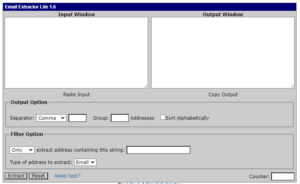
In this ever-changing world of the social media, it is quite easy for you to fall off the wagon with your social strategy. The steady stream of new updates, the features, and the websites are just so enough to make anyone business owner’s head spin. Still, if you are consistently staying on top of social media trends, it has its own rewards. Is it the right time for you to start updating your social media strategy? You can read on for you to find out.
1. You Have not Been Paying Much Attention To New Trends Invoke
You need to be aware that changes in consumer technology, like the relatively recent explosion in the mobile web surfing, have a direct way of effect on how people use the internet. For instance, the Facebook had to launch a mobile-only ad program last year, something that could be very much lucrative for a company that understands and knows how to make use of it. Since the social media tends to adapt to the trends in technology, these trends possibly will ultimately affect your social media strategy.
2. You Have Not Taken The Feature Updates That Are Available Into Account
Anyone who has been on the Facebook for over the course of a year will be aware that things change at almost all the time. Recently they have implemented the social graph, which is a detailed way for you if you want to search for people on the Facebook with like interests. More recently, the Facebook had to give their page analytics feature an overhaul to make it much more detailed. Changes like these can be of help to you, it can impact your social marketing efforts, so you should try to stay on top of them.
3. You Do Not Know The Reason Why You Use The Social Media
Do you know why you are on the social media at all in the first place? If the answer you will give is “because everyone else is,” then that is the very wrong answer to give. Why? Because it is not a solid enough reason to start driving your social marketing. Do you really want to improve your customer service response? Do you want to Increase brand awareness before begin the opening of a new location? The Social media can be of help to you and help you achieve this, but you first have to define your motives.

4. You are Not Branching Out
If your company or your organization has yet to discover a way to start utilizing the social networks beyond the Facebook and the Twitter, then you could be missing out on some new opportunities to connect with your prospects. Sites and apps like that of the Pinterest, the Youtube, and the Instagram get about tens of millions of hits each day. If your social media activities have been just limited to only one or only maybe two social sites, it might be the right time to investigate how you can expand your reach. Be creative. The Picture, the video, and the location-based social sites have really exploded in popularity, so be pretty sure to go where the trends are leading.












